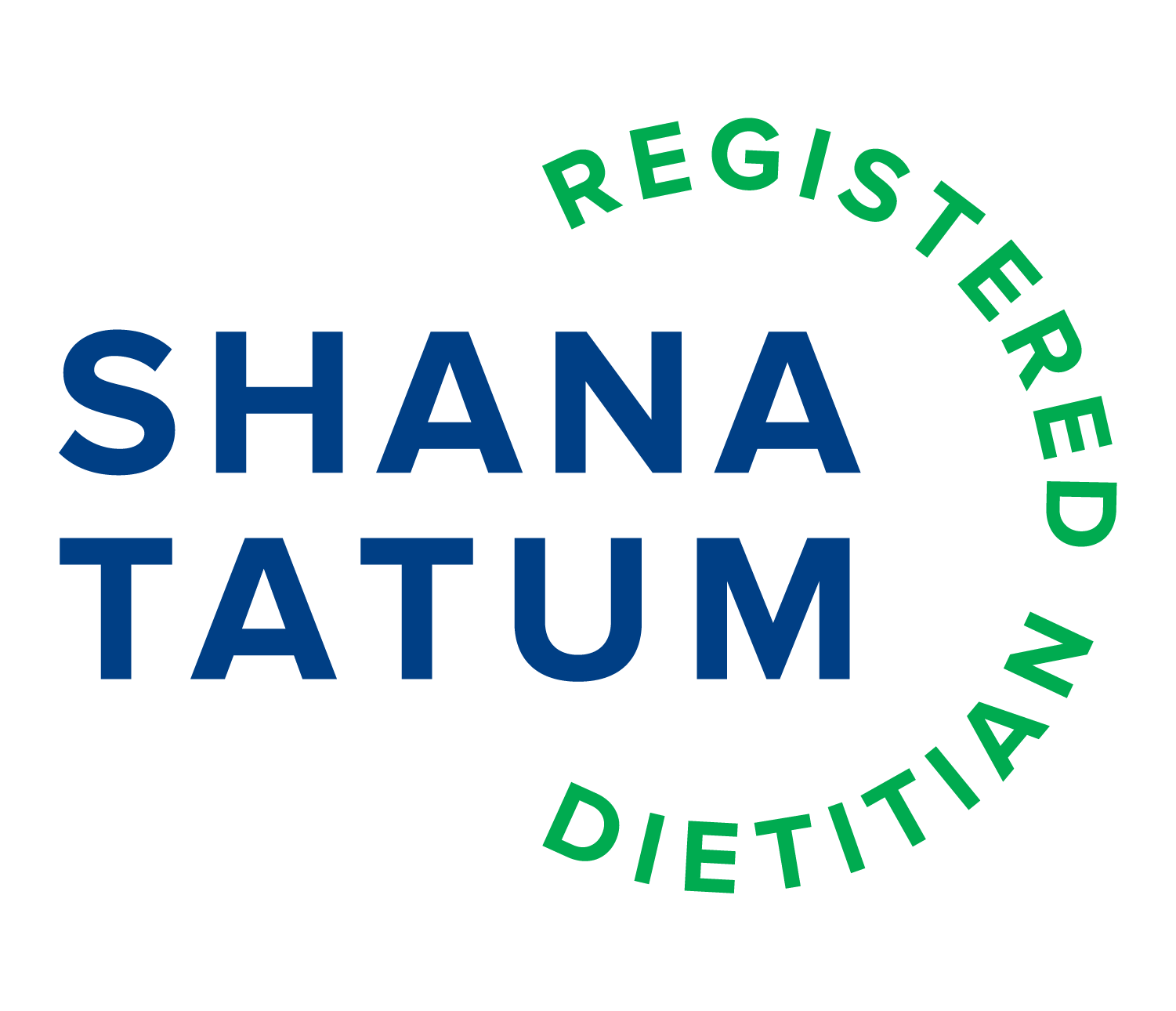Prevention for Heat Stroke and Dehydration
Photo by Tandem X Visuals
With summer here in Texas and temperatures soaring across the country, it’s important to pay attention to your hydration status now more than ever. Water is an essential component to all human cells. Most reactions in the body require hydrogen to occur properly and efficiently. With water having two molecules of hydrogen, it serves as an ideal source for these reactions as well as lubrication for joints, fluid to move protein and fats within the blood and a source to carry wastes from the body.
The change in temperatures has been record setting on the west and east coast this summer, with many people unprepared for the risk that such high temperatures carry. Dehydration and heat stroke are two outcomes from hot weather and extended exposure.
What is Heatstroke
Heatstroke is the result of long and extreme contact with the sun. The body fails to produce enough sweat that can cool and reduce body temperature allowing heat to build to a dangerous level. Symptoms may be headache, dizziness, confusion, fatigue and even loss of consciousness. Treatment is needed immediately if these symptoms match to extended exposure. Get to a shaded area and out of the sun. Treat as much skin area with cold water as rapidly as possible until help arrives.
Dehydration also presents with similar symptoms such as headaches, confusion, clamminess, thirst, dry skin, fatigue, and increased heart rate. It can be brought on by heat, diarrhea or vomiting from illness, certain medications and lack of fluid intake. Rehydration is usually the most direct route of correction through water, electrolyte solutions or sports drinks. If more serious dehydration occurs, IV fluids may be indicated.
Dehydration Prevention
To prevent dehydration and heat stoke be sure to avoid exercising in the hottest part of the day, when outside, stay in the shade if possible, protect yourself from the sun by wearing a hat and sunglasses, and drink plenty of hydrating fluids (caffeine and alcohol are dehydrating).
In addition to water, the minerals or electrolytes are needed to hydrate properly include sodium, potassium, magnesium and chloride along with trace minerals such as iron, manganese, zinc, copper, selenium, and iodine.
Sodium helps with fluid balance and muscle contraction. Potassium regulates blood pressure and heart beat, and magnesium supports muscle contraction, heart function and nerve function. But you may not know that glucose can help absorb some of these electrolytes. We have proteins in the intestinal tract that cotransport sodium and glucose into the cell. It requires a little less energy to have this cotransporter and increases the passage of sodium. Other transporters can assist such as butyrate, a short chain fatty acid your gut bacteria produce, amino acids (a.k.a protein), and phosphorus.
An easy electrolyte formula to make at home:
Electrolyte Replacement Drink
INGREDIENTS:
1 qt coconut water or 1 qt favorite decaffeinated herbal tea
¼ tsp sea salt (Celtic or Pink Himalayan)
¼ tsp Nu Salt (salt substitute with potassium)
¼ cup juice - apple, grape, orange (100% no sugar added)
1 Tbsp honey
INSTRUCTIONS:
1. Mix well in a medium size bowl.
2. Sip one cup throughout the day if feeling dehydrated. If recovering from a stomach bug or food poisoning, drink more as needed.
3. Store in a glass jar in refrigerator for up to 5 days.
If you’re not inspired to make your own rehydration solution consider these products.
Nuun Sport
Trace Minerals 40,000 Volts!
Ultima Replenisher
Designs for Electrolyte Synergy
Electrolyte Stamina Power Pack by Trace Minerals Research
Be sure to incorporate potassium rich foods such as avocado, apricots, spinach, dried beans and peas, milk, potatoes, banana and coconut water into the diet. Especially important on days where excessive sweating or exercise is anticipated.
Be smart when spending time outdoors this summer, know your risk and tolerance to the temperature. Keep your water bottle handy and drink it regularly to avoid dehydration and heat stroke. Consider stocking up on the ingredients to make your own solution or purchase the recommendations in case you find yourself in need of a little extra support.

